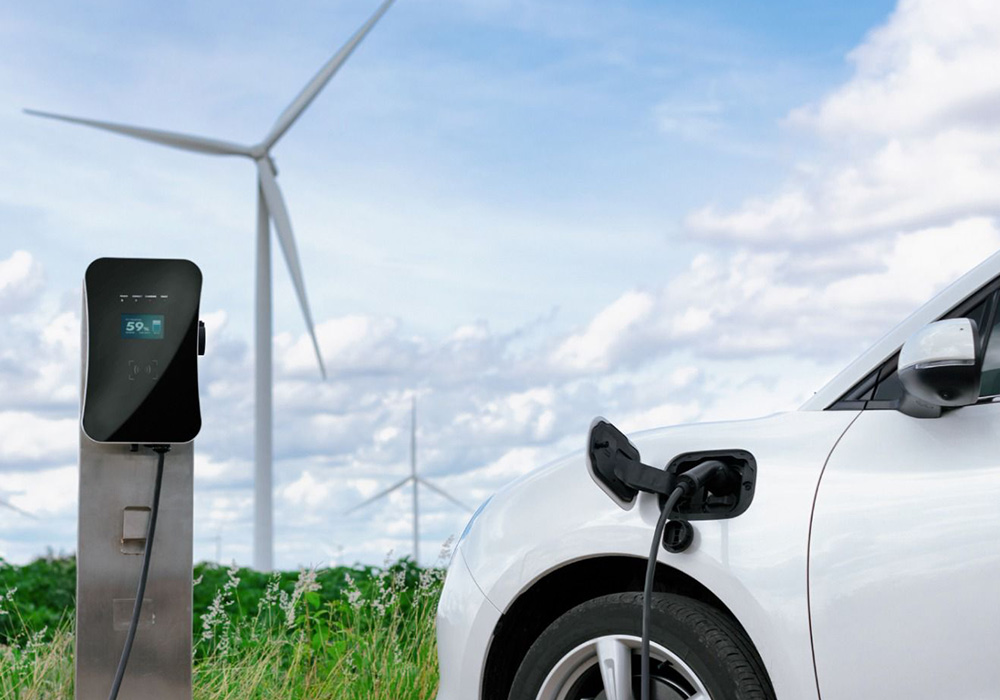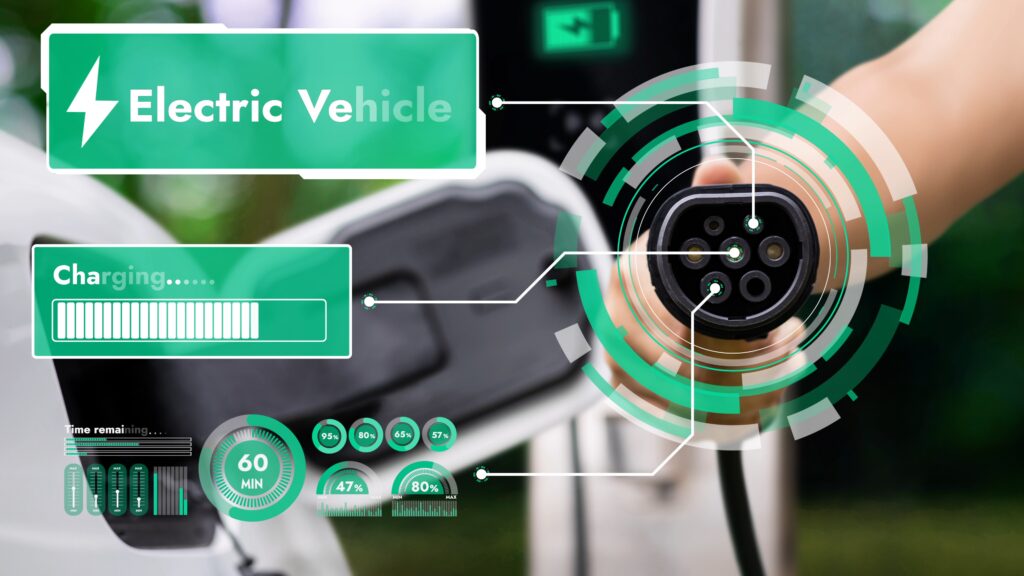
As the automotive industry undergoes a monumental shift towards electrification, the spotlight is increasingly focused on the intricate components that drive the performance and efficiency of electric vehicles (EVs). Among these components, the gearbox plays a crucial role in translating the power from the electric motor to the wheels, optimising performance while navigating the unique challenges posed by electric propulsion systems.
In this article, we dive into the world of gearbox design for electric vehicles, exploring the key considerations, challenges, and requirements to achieve optimal performance and efficiency.
Continue reading…
Gear reduction lies at the heart of gearbox design for electric vehicles, where the primary objective is to efficiently transfer power from the electric motor to the wheels while optimising torque and speed. Unlike internal combustion engine vehicles, electric motors deliver high torque from zero RPM, eliminating the need for multi-speed transmissions in many cases. However, gearboxes still play a crucial role in fine-tuning the power delivery to match the driving conditions.
One of the primary considerations in gearbox design for electric vehicles is power density—the ability to deliver high power output in a compact and lightweight package. With electric vehicles aiming to maximise range and efficiency, minimising the weight and space occupied by the gearbox becomes paramount. Achieving high power density requires innovative design approaches, advanced materials, and precise engineering to strike the optimal balance between performance and packaging constraints.
Regenerative braking poses both a challenge and an opportunity in gearbox design for electric vehicles. Unlike conventional vehicles, where braking dissipates kinetic energy as heat, electric vehicles can capture and convert this energy back into usable electrical energy through regenerative braking systems. Integrating regenerative braking into the gearbox design requires careful consideration of gear ratios, clutch mechanisms, and control algorithms to seamlessly transition between propulsion and regeneration modes.
Efficient regenerative braking not only enhances energy efficiency but also contributes to the overall driving experience by providing smoother deceleration and improved vehicle control. However, optimising regenerative braking performance while maintaining system reliability and durability poses a significant engineering challenge for gearbox designers.
In the pursuit of optimal performance and efficiency, gearbox designers for electric vehicles must strike a delicate balance between various competing factors. On one hand, minimising frictional losses and maximising gear efficiency is crucial to enhancing overall drivetrain efficiency and extending vehicle range. On the other hand, ensuring robustness and durability to withstand the high torque and power demands of electric propulsion systems is equally critical.
Advanced lubrication technologies, precision machining, and innovative gear geometries are some of the techniques employed to reduce friction and improve efficiency in electric vehicle gearboxes. Moreover, rigorous testing and simulation methodologies are utilised to validate the performance and reliability of gearbox designs under various operating conditions, ensuring longevity and customer satisfaction.

The transition towards electrification in the automotive industry marks a pivotal moment, where innovation and technology converge to redefine the way we think about transportation. Within this landscape, the gearbox emerges as a critical component, serving as the conduit through which power is efficiently transmitted from the electric motor to the wheels of an electric vehicle (EV).
Through our exploration of gearbox design for electric vehicles, we’ve uncovered the intricate considerations, challenges, and requirements that shape the quest for optimal performance and efficiency. Gear reduction stands as a fundamental principle, allowing for the precise tuning of torque and speed to meet the demands of diverse driving conditions. Moreover, the pursuit of high power density underscores the importance of compact, lightweight designs that maximise range and efficiency without compromising performance.
The integration of regenerative braking introduces both complexity and opportunity, requiring gearbox designers to carefully orchestrate the seamless transition between propulsion and energy recapture. Efficient regenerative braking not only enhances energy efficiency but also enhances the driving experience, underscoring the importance of holistic system design in electric vehicles.
Balancing efficiency and durability remains a central challenge in gearbox design, necessitating innovative approaches to minimise frictional losses and maximise gear efficiency while ensuring robustness and reliability under the high torque and power demands of electric propulsion. Advanced lubrication technologies, precision machining, and rigorous testing methodologies play pivotal roles in achieving this delicate balance, ensuring that gearbox designs meet the stringent performance and reliability requirements of electric vehicles.
As we look to the future, the evolution of gearbox design for electric vehicles will continue to be shaped by advancements in materials, manufacturing techniques, and simulation technologies. By embracing the complexities of electric propulsion systems and rising to the challenges they present, gearbox designers have the opportunity to drive forward the electrification revolution, unlocking new levels of performance, efficiency, and sustainability in the automotive industry. Ultimately, the journey towards electrification is not just about redesigning vehicles—it’s about reimagining the future of mobility, one gearbox at a time.